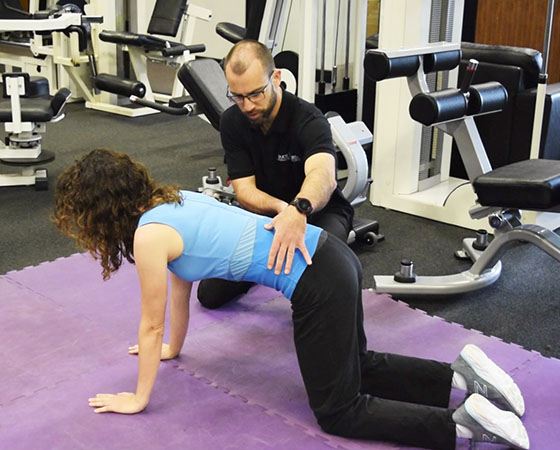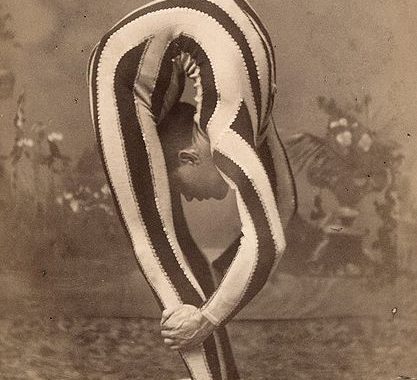One of the things I may ask my clients to do when I assess them is to try and bend forward to touch their toes (if they can), or perform a simple body weight squat.
Despite appearances, this isn’t really to test tightness of the hamstrings or flexibility of the spine, (although we do look at that as well). Instead, I’m particularly looking at the mobility and coordination of certain parts of the body as they progress through the ranges of motion.
Our bodies are amazing. From birth, we develop an innate ability to move in complex neuro-muscular patterns without even thinking about it. For example, if you watch a toddler playing or picking things up, they will often squat or bend over for long periods of time without any movement restriction and with immaculate form. No-one has taught them that – it’s an inherent and fundamental movement. Unfortunately, as we progress through life, these movements can become “corrupted” by factors such as posture, injury, and a general lack of mobility.
To move well, some areas of the body need stability and others need mobility. The feet, knees, low back, and shoulder blades for example, need to stay stable as a base for the more mobile joints such as the shoulders, thoracic spine, hips and ankles. If one or more of these areas becomes too mobile, or not mobile enough, then other areas have to compensate.

The hips in particular, are prone to losing mobility largely due to the amount of time we spend being sedentary. When we sit for long periods, our hips are in a shortened, flexed position, and our spinal and abdominal stabilisers are mostly inactive. This can often combine to cause “switching off” of the gluteals (which are vital to optimal hip coordination), restricted hip mobility (important for relaxed, efficient forward bending and squatting), and poor abdominal/spinal muscle activation (important for stability). The end result can be a loss of the ability to “hinge” through the hips in a relaxed, coordinated way when squatting or bending, whilst still keeping your spinal stabilisers engaged. Over time, this can cause poor movement patterns and increased tension in areas such as the low back and hamstrings, often leading to an increased likelihood of getting injuries and pain.
How do you fix any problems you may have? Come and see us, so that we can assess your posture and movement, and can help you to restore normal function through education, manual therapy and corrective exercises.
We can help you to achieve better health. Why not come and see what our chiropractors and massage therapists in Stafford and Newport can do for you. We look forward to seeing you.
Chris Mallett
Principal Chiropractor
Pure Health Chiropractic & Wellness (Stafford and Newport)
